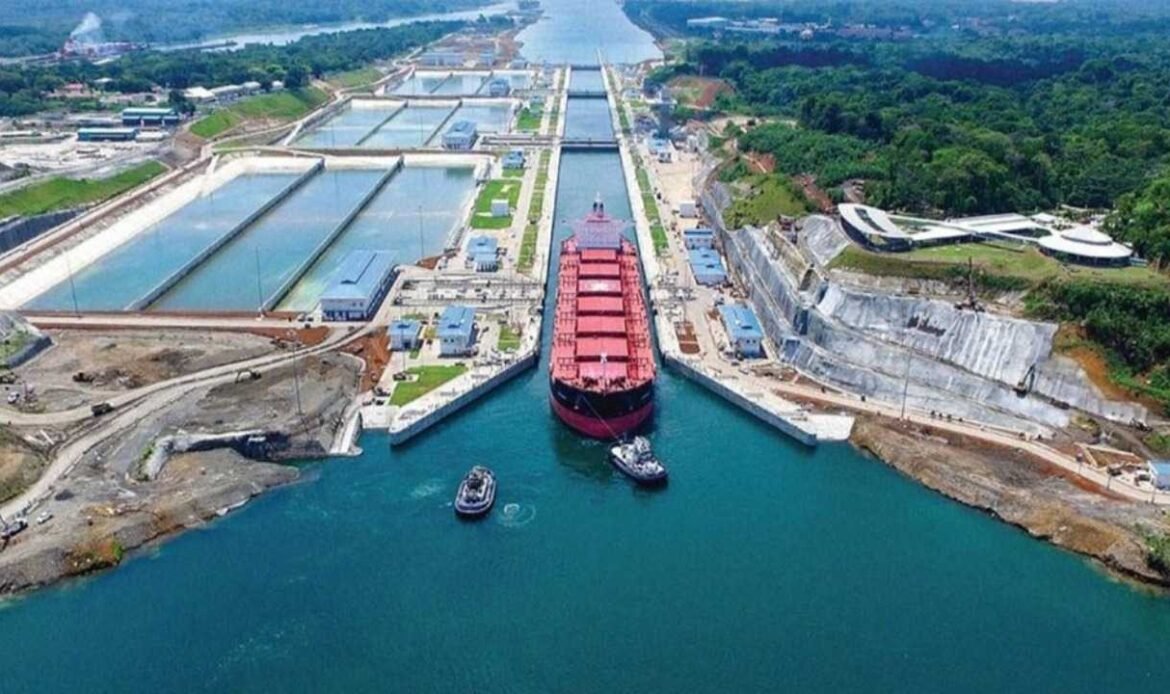Will US Government Ships Be Allowed to Pass Through the Panama Canal for Free?
The geopolitical chessboard around the Panama Canal has seen significant movement with Panama’s
President Jose Raul Mulino announcing on Thursday his country’s withdrawal from China’s Belt and
Road Initiative. This decision comes just days after hosting U.S. Secretary of State Marco Rubio, who is
pushing to curb Beijing’s influence over this crucial waterway.
Mulino, who had previously declared that he would not renew the memorandum of understanding
signed with China, stated in a press conference that Panama’s embassy in Beijing “presented the
document” which includes “the announcement of exit (from the agreement) within the 90-day period”
stipulated in the agreement between the two nations.
On Wednesday, the United States announced that its government vessels would be allowed to transit
the Panama Canal “for free,” without any passage fees, following heavy pressure from President Donald
Trump on Panamanian authorities. The U.S. State Department posted on X that “U.S. government
vessels can now transit the Panama Canal without imposing transit fees, saving the U.S. government
millions of dollars annually.”
This was the first public disclosure of concessions hinted at by Secretary Rubio, who mentioned during
his talks on Sunday that Panama had offered certain concessions. However, President Mulino refuted
these claims, accusing Washington of lying.
Since winning the U.S. election in November, Trump has not ruled out using force to control the canal,
through which 40% of U.S. container traffic passes. Both Trump and Rubio’s frustrations stem from a
Chinese company managing ports on both sides of the canal, coupled with fears that Beijing could shut
down this maritime passage during a crisis.
Panama has vehemently denied Trump’s allegations of Chinese involvement in operating the canal but
has also taken steps to address U.S. concerns.




